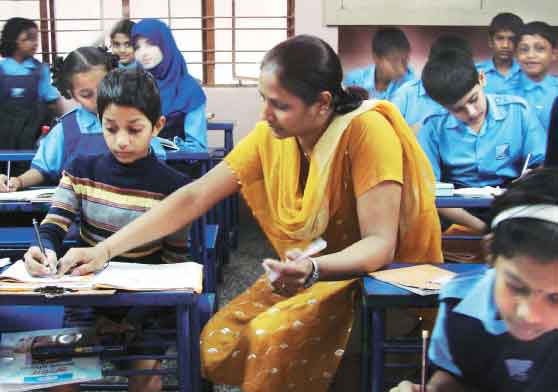Cynthia D’Costa
Assessment and evaluation are an integral part of the learning process. Assessment offers the teacher, students and stakeholders like parents, vital information on the process of learning. The school principal can use it to assess the extent to which teachers are successful in meeting instructional objectives. Sadly, it is the summative sort of evaluation that is accorded importance and in the bargain, formative evaluation, which can do much to prevent damage, is overlooked. With this perspective, classroom assessment assumes significance.
Meaning of classroom assessment techniques
Classroom assessment differs from tests and other forms of student assessment in that it is aimed at course improvement, rather than at assigning grades. The primary goal is to better understand students’ learning so as to improve teaching. Some very practical classroom assessment techniques are described below.
1. One minute papers: During the last few minutes of the lecture, the students are invited to write in about four to five lines, what aspect of the lecture was most clear to them and what aspect was ambiguous. This helps the teacher to get a glimpse of what needs remediation in the next lecture.

The author is teacher-educator at Pushpanjali College of Education, Maharashtra. She can be reached at c.dcosta@rediffmail.com.
_______________________________________________________
References: Angelo, Thomas A. and K. Patricia Cross, 1993, Classroom Assessment Techniques: A Handbook for College Teachers, Second Edition, San Francisco: Jossey-Bass Publishers.
